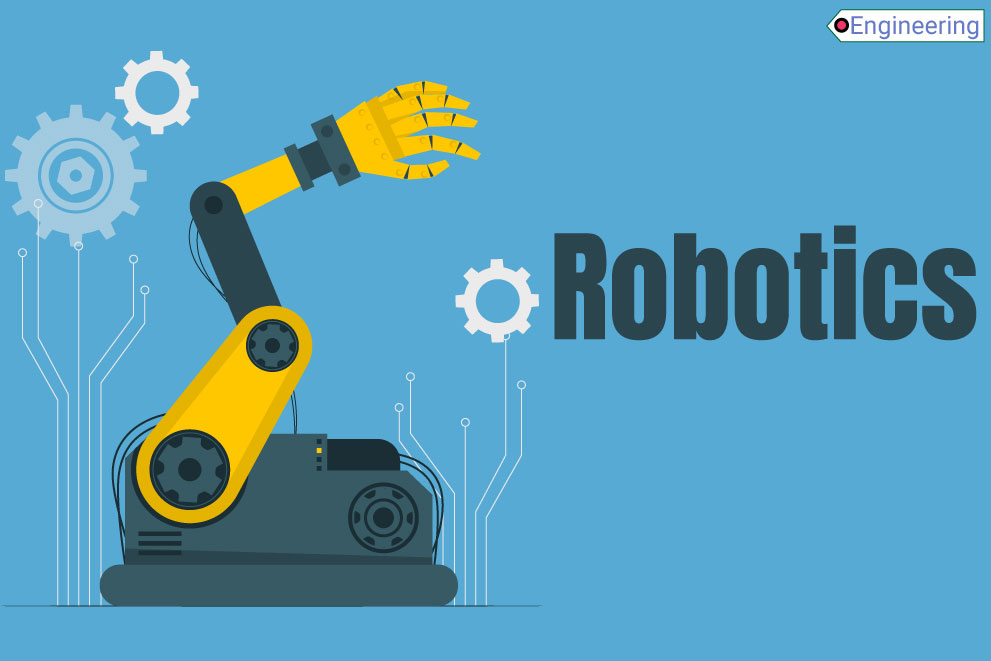Robotics

Robotics is an interdisciplinary field that integrates mechanical engineering, electrical engineering, computer science, and artificial intelligence to design, construct, operate, and use robots. Robots are programmable machines capable of carrying out a series of actions autonomously or semi-autonomously, often to perform tasks that are dangerous, repetitive, or require high precision.
Key Areas of Focus:
-
Robot Design and Mechanics:
-
Designing the physical structure and mechanical components of robots, such as arms, joints, and actuators.
-
Ensuring durability, efficiency, and precision in movement.
-
-
Sensors and Perception:
-
Integrating sensors (e.g., cameras, LIDAR, ultrasonic sensors) to enable robots to perceive and interact with their environment.
-
Developing algorithms for sensor data processing and interpretation.
-
-
Control Systems:
-
Designing control algorithms to manage the movement and actions of robots.
-
Implementing feedback loops to ensure stability and accuracy.
-
-
Artificial Intelligence and Machine Learning:
-
Developing AI algorithms to enable robots to learn from data, make decisions, and adapt to new situations.
-
Applications include computer vision, natural language processing, and autonomous navigation.
-
-
Human-Robot Interaction:
-
Designing interfaces and communication methods to facilitate interaction between humans and robots.
-
Ensuring safety and usability in collaborative environments.
-
-
Autonomous Systems:
-
Creating robots that can operate independently in complex and dynamic environments.
-
Applications include self-driving cars, drones, and robotic exploration.
-
-
Robotics in Industry and Services:
-
Implementing robots in manufacturing for tasks like assembly, welding, and painting.
-
Developing service robots for healthcare, domestic chores, and customer service.
-





